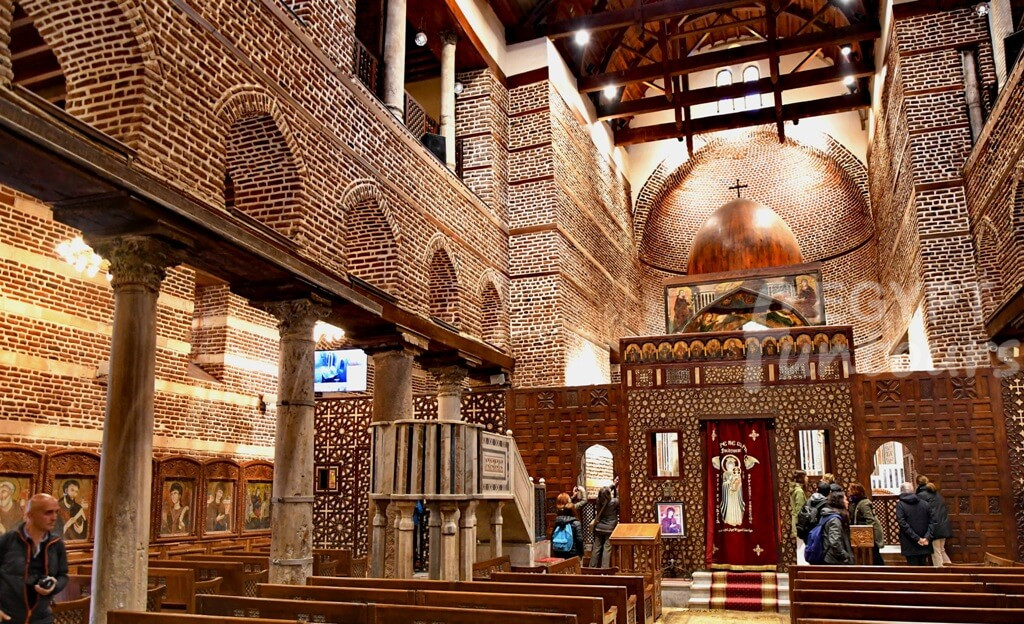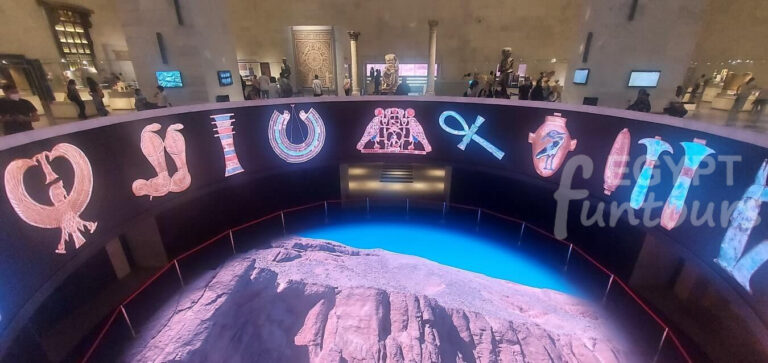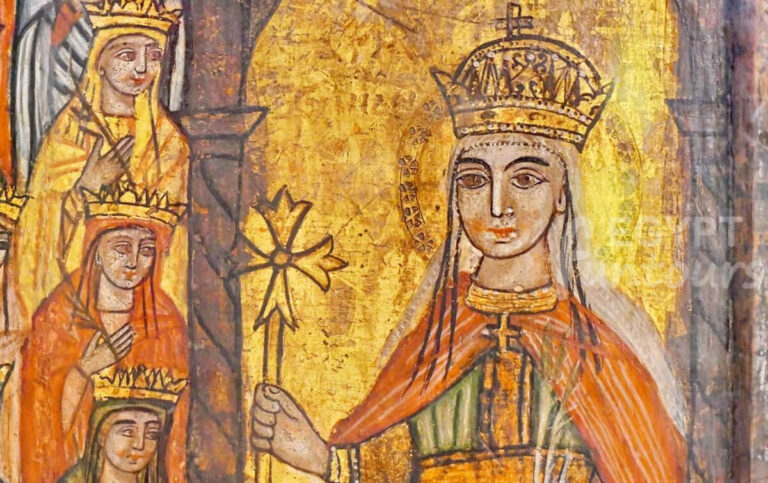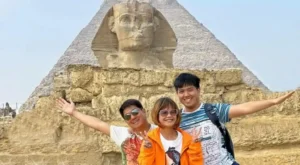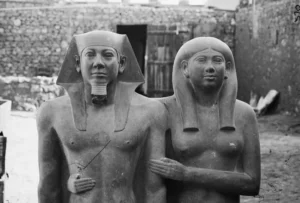Step into a world where time stops. Welcome to Old Cairo, the historic, beating heart of the city and a UNESCO World World Heritage Site. This is not just one place, but a magical, living “city within a city,” a labyrinth of narrow alleyways and ancient walls where two of the world’s great religions grew side-by-side.
A visit here is a tale of two cities:
- Coptic Cairo: A 1,500-year-old fortress, the ancient cradle of Christianity in Egypt.
- Islamic Cairo: The medieval, 1,000-year-old “City of a Thousand Minarets,” with its grand mosques and bustling bazaars.
This is a treasure trove of cultural, religious, and architectural wonders that provides an unforgettable glimpse into Egypt’s rich, layered past.

